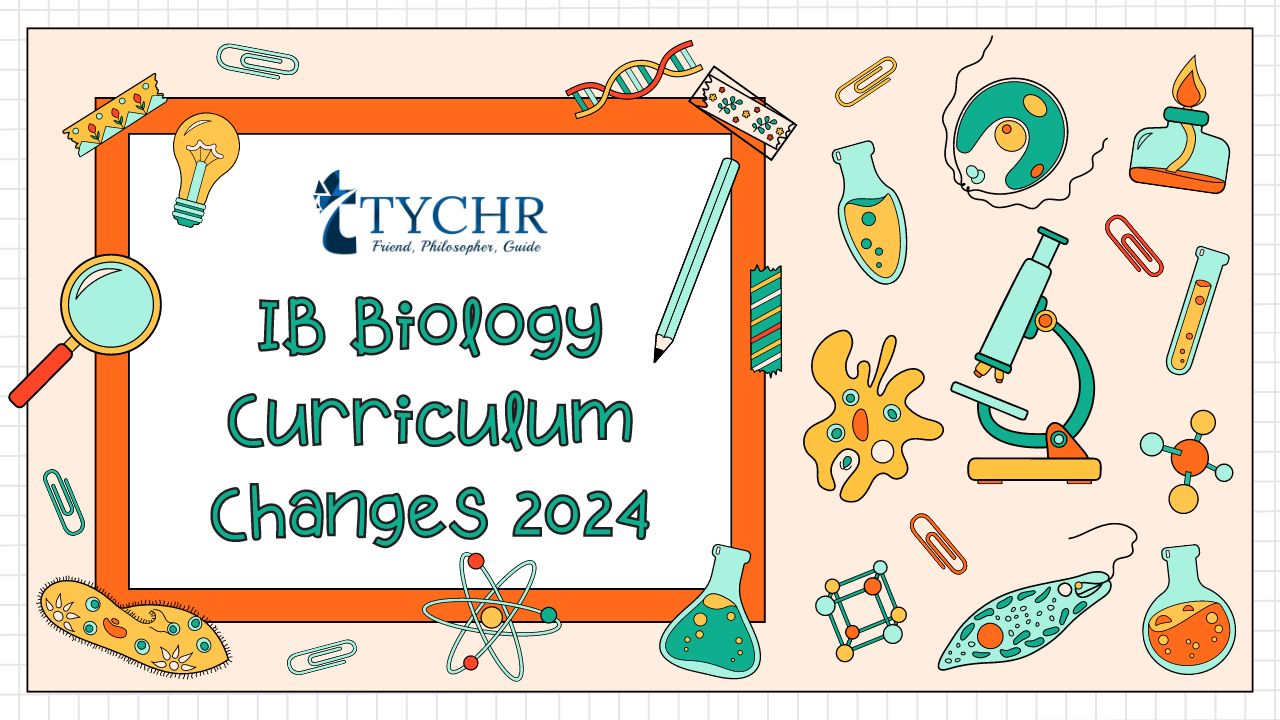Table of Contents [hide]
Welcome to a world that is constantly in motion, where forces are at play and balance is the key. In this dynamic equilibrium, everything is interconnected and ever-changing. From the tiniest particle to the grandest cosmic phenomenon, forces shape our existence and keep it in check. Join us as we explore the concept of dynamic equilibrium – an intricate dance of opposing forces that brings harmony amidst change.
In this blog post, we will delve into what dynamic equilibrium truly means, uncovering its various types of forces that exist within our world. We will also discuss how you can achieve this delicate balance in your own life, reaping its incredible benefits while navigating through its challenges. So get ready to embark on a journey of exploration as we strive to understand and embrace the power of dynamic equilibrium!
What is dynamic equilibrium?
Dynamic equilibrium is a fascinating concept that revolves around the delicate balance between opposing forces. It is a state of equilibrium where these forces are constantly shifting and adjusting, yet maintaining overall stability. In simpler terms, it’s like walking on a tightrope – you have to constantly adjust your body and maintain balance to stay upright.
In the realm of physics, dynamic equilibrium refers to a system in which there is no net change or movement over time. It occurs when forward and backward reactions occur at equal rates, resulting in a stable condition. This principle can be observed in chemical reactions as well as physical processes such as osmosis.
Beyond the world of science, dynamic equilibrium extends its reach into various aspects of our lives. Think about relationships – they require constant give-and-take, understanding and compromise to find harmony. Similarly, achieving work-life balance necessitates juggling multiple responsibilities while ensuring personal well-being.
Dynamic equilibrium also applies to nature itself – ecosystems thrive when there is a harmonious interplay between different species and natural processes. It’s all about finding that sweet spot where everything coexists in perfect synergy.
Dynamic equilibrium teaches us an important lesson: life is ever-changing, filled with ups and downs. By embracing this concept and striving for balance amidst chaos, we can navigate through the challenges with resilience and adaptability.
The different types of forces in the world
The world we live in is constantly influenced by a myriad of forces, each with its own unique characteristics and effects. These forces can be physical, such as gravity or friction, or they can be more abstract, like societal norms or cultural influences. Understanding the different types of forces at play can help us navigate through life’s twists and turns.
One type of force that is ever-present is the force of nature. From the gentle breeze that rustles leaves to the powerful hurricane that wreaks havoc, nature’s forces shape our environment in both subtle and dramatic ways. We must learn to respect and adapt to these forces if we want to thrive in our natural surroundings.
Another type of force comes from within ourselves – our thoughts, emotions, and desires. These internal forces drive our actions and decisions on a daily basis. They can motivate us to achieve great things or hold us back from reaching our full potential. Learning how to harness these inner forces is key to finding balance in our lives.
External social forces also exert their influence on us all the time. Society has its own set of rules, expectations, and pressures that impact how we behave and interact with others. Peer pressure, cultural norms, and societal values all contribute to shaping who we are as individuals.
Additionally, economic forces play a significant role in shaping societies around the world. The distribution of wealth, access to resources, and market dynamics all have profound effects on individuals’ lives as well as entire communities.
By understanding these various types of forces at work in the world today – whether they are natural phenomena or man-made constructs – we open ourselves up to new perspectives and possibilities for growth. It allows us to adapt more effectively when faced with challenges or changes in our environment.
Dynamic equilibrium involves finding a delicate balance between these different types of forces while embracing change rather than resisting it. It requires constant awareness and adjustment as circumstances evolve over time.
How to achieve dynamic equilibrium in your life
Achieving dynamic equilibrium in your life is all about finding a delicate balance between the various forces that constantly pull you in different directions. It’s not about static stability or rigid control, but rather about embracing change and adapting to it.
One way to achieve dynamic equilibrium is by setting clear priorities and goals for yourself. By knowing what truly matters to you, you can make conscious decisions that align with your values and help you navigate through life’s ups and downs.
Another key aspect of achieving dynamic equilibrium is practicing self-care. Taking care of your physical, mental, and emotional well-being allows you to maintain a strong foundation from which to handle the challenges that come your way. This could involve engaging in regular exercise, getting enough sleep, practicing mindfulness or meditation, or seeking support from loved ones or professionals when needed.
Flexibility is also crucial in achieving dynamic equilibrium. Life rarely goes according to plan, so being open-minded and adaptable can help you navigate unexpected twists and turns with grace. Embracing change as an opportunity for growth instead of resisting it will allow you to find balance amidst chaos.
Additionally, learning how to manage your time effectively can contribute greatly to achieving dynamic equilibrium. Prioritizing tasks based on importance and urgency helps prevent overwhelm while ensuring progress towards both short-term and long-term goals.
Don’t forget the power of self-reflection. Regularly take time out of your busy schedule to check-in with yourself – assess what areas of your life may be out of balance and make any necessary adjustments.
Remember that achieving dynamic equilibrium is an ongoing process rather than a destination. It requires continuous effort and adaptability as circumstances evolve over time. But by consciously working towards finding this balance within yourself – honoring both stability and change – you can lead a more fulfilling and harmonious life overall.
The benefits of dynamic equilibrium
Balancing the forces in our constantly changing world may sound like an impossible task. How can we find stability amidst the chaos? The answer lies in dynamic equilibrium, a state of balance that allows us to adapt and thrive.
One of the significant benefits of dynamic equilibrium is its ability to promote growth and progress. When we learn to embrace change and find harmony between opposing forces, we open ourselves up to new opportunities and experiences. It enables us to step out of our comfort zones and explore uncharted territories.
Another advantage of dynamic equilibrium is its impact on personal well-being. By finding a healthy balance between work, relationships, self-care, and leisure activities, we can lead more fulfilling lives. This balance helps prevent burnout and promotes overall mental health.
Dynamic equilibrium also fosters resilience. In a constantly evolving world, being able to adapt quickly becomes essential for survival. By embracing change rather than resisting it, we develop the flexibility needed to navigate through life’s challenges with grace.
Moreover, achieving dynamic equilibrium brings clarity and focus into our lives. By identifying our priorities and aligning them with our values, we create a sense of purpose that guides our actions towards success.
Lastly but not leastly(?), dynamic equilibrium encourages creativity and innovation. When different ideas collide harmoniously instead of conflicting with each other or causing tension – great things happen! It is within this delicate balance where groundbreaking discoveries are made; where solutions are found for complex problems; where progress prevails over stagnation.
In conclusion(?) (or maybe just “to sum up”), embracing dynamic equilibrium allows us to harness the power of change instead of fear it. From personal growth to enhanced well-being, from resilience in adversity to fostering creativity – there is no doubt that balancing forces in a constantly changing world yields numerous benefits that enrich every aspect of our lives.
The challenges of dynamic equilibrium
Maintaining dynamic equilibrium in our lives is no easy task. While it offers a multitude of benefits, there are also several challenges that come along with it. One such challenge is the ever-changing nature of the world we live in.
In a constantly evolving world, it can be difficult to find balance amidst the chaos. The forces around us are constantly shifting and influencing our lives in different ways. Just when we think we have achieved equilibrium, something comes along and throws us off balance again.
Another challenge is the pressure to keep up with societal expectations. We live in a fast-paced society where success is often measured by material wealth or social status. Trying to juggle these external pressures while maintaining inner harmony can be overwhelming at times.
Furthermore, achieving dynamic equilibrium requires constant self-awareness and self-reflection. It means being attuned to our needs and emotions, as well as recognizing when adjustments need to be made. This level of introspection can be challenging for some individuals who may struggle with self-doubt or fear of change.
Additionally, external factors such as relationships or work dynamics can pose challenges to achieving dynamic equilibrium. Balancing personal responsibilities with professional aspirations can create tension and stress, making it harder to maintain a sense of balance.
Despite these challenges, striving for dynamic equilibrium is worth the effort. It allows us to adapt and grow amidst a changing world while preserving our mental and emotional well-being.
Conclusion
Dynamic equilibrium is the key to finding balance in a constantly changing world. It is the harmonious interplay of forces that allows us to navigate through life with grace and resilience. By understanding the different types of forces at play and how to achieve dynamic equilibrium, we can experience the benefits it brings while acknowledging its challenges.
In our fast-paced modern lives, it is essential to recognize that there are various forces constantly pulling us in different directions. These forces may be external, such as societal expectations or work demands, or internal, such as personal goals or desires. Without awareness and conscious effort, these forces can easily throw us off balance.
To achieve dynamic equilibrium, it is important to start by identifying our core values and priorities. What truly matters to us? What do we want to prioritize in our lives? By having a clear sense of what we value most, we can make choices that align with those values and help maintain balance.
Another key aspect is self-care. Taking care of ourselves physically, mentally, and emotionally lays a solid foundation for achieving dynamic equilibrium. This includes getting enough restful sleep, eating nourishing foods, engaging in regular exercise or movement practices that energize us. It also involves nurturing our mental well-being by engaging in activities that bring joy and practicing mindfulness techniques.






